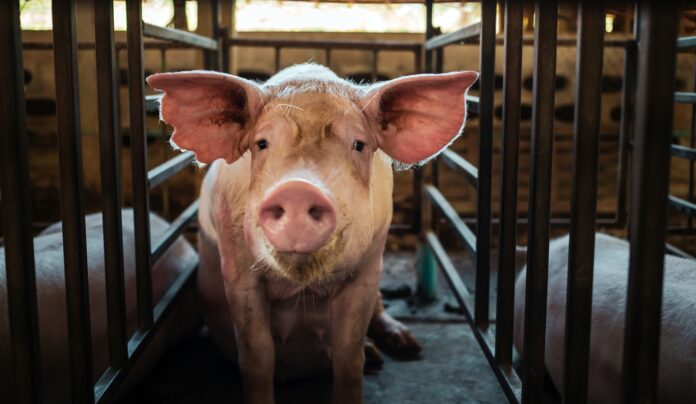The Department of Agriculture (DA) is preparing a strategic roadmap to restore the country’s hog population, aiming to increase it to 14 million heads by 2028. This development comes in response to the significant shortfall caused by the African swine fever (ASF) outbreak, which wiped out approximately 6 million pigs, leaving the hog population at only 8 million. The roadmap, outlined by DA chief Francisco Tiu Laurel Jr. during the National Hog Convention in Pasay City, targets an additional 2 million hogs annually until 2028 to achieve pre-ASF hog levels.
The initiative holds considerable economic and policy significance, as a larger, self-sustaining hog population would reduce the country’s reliance on pork imports, thus benefiting local producers and enhancing food security. The DA has already secured commitments from two major commercial producers to add one million hogs to the market by next year.
Furthermore, a proposed P4 billion fund aimed at bolstering the competitiveness of the swine industry is seen to support the recovery. Tiu Laurel said that a successful repopulation would not only stabilize local pork prices but also curb the need for imported pork, which remains a burden on the national economy.
Nevertheless, stakeholders like the Samahang Industriya ng Agrikultura (SINAG) are pushing for more policy adjustments, including the restoration of higher pork tariffs, on the argument that current tariffs and pork imports have failed to significantly lower domestic prices. Despite this, the DA reports improved compliance with the pork maximum suggested retail price (MSRP), with most farms adhering to the price guidelines, though challenges remain with smaller operations.
This roadmap is pivotal in securing the long-term viability of the local pork industry, mitigating price instability, and reducing the economic pressure caused by reliance on imports.







